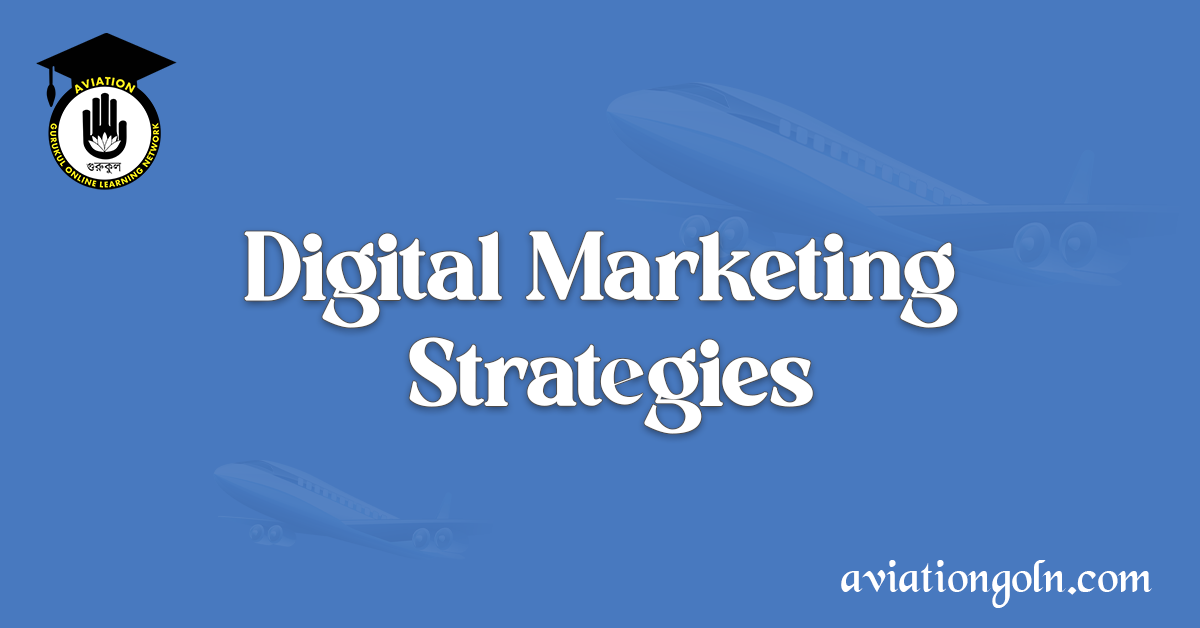Digital Marketing Strategies: Airports are much more than mere transit points; they are the first impression for visitors to a city or country. In a rapidly changing digital era, airports can harness the power of digital marketing to enhance customer experience, build brand identity, and increase non-aeronautical revenues. This article will explore various digital marketing and branding strategies that airports can leverage to stay ahead of the curve.
Digital Marketing Strategies: Marketing and Branding Strategies for Airports
1. The Importance of Digital Marketing for Airports:
The aviation industry has been in a state of flux, with increased competition, volatile fuel prices, and changing traveler expectations. Airports, as integral components of this ecosystem, need to think beyond the traditional means of marketing. Digital marketing offers several advantages:
- Reach: Digital platforms allow for a broader, more global audience.
- Precision: Targeted marketing becomes possible, ensuring that campaigns reach the desired demographic.
- Engagement: It fosters two-way communication, allowing airports to engage with travelers.
- Analytics: Digital strategies offer measurable results, ensuring ROI is achieved.
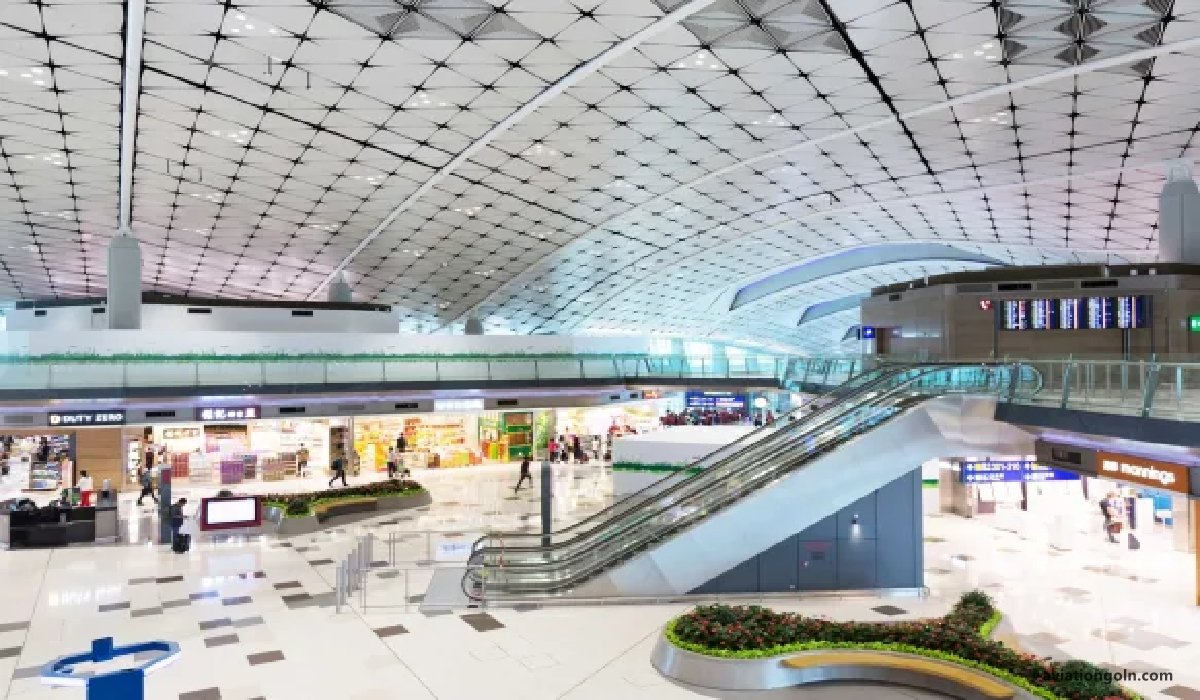
2. Building a Strong Online Presence
a. Responsive Website Design Today, travelers often begin their journey online. A responsive and user-friendly website that works well on desktops, tablets, and smartphones is crucial. The site should provide necessary information like flight status, amenities, transportation options, and more.
b. Search Engine Optimization (SEO) With travelers frequently using search engines to plan their journeys, airports must invest in SEO to ensure they appear on the first page of search results. SEO strategies include keyword optimization, quality content production, and backlinking.
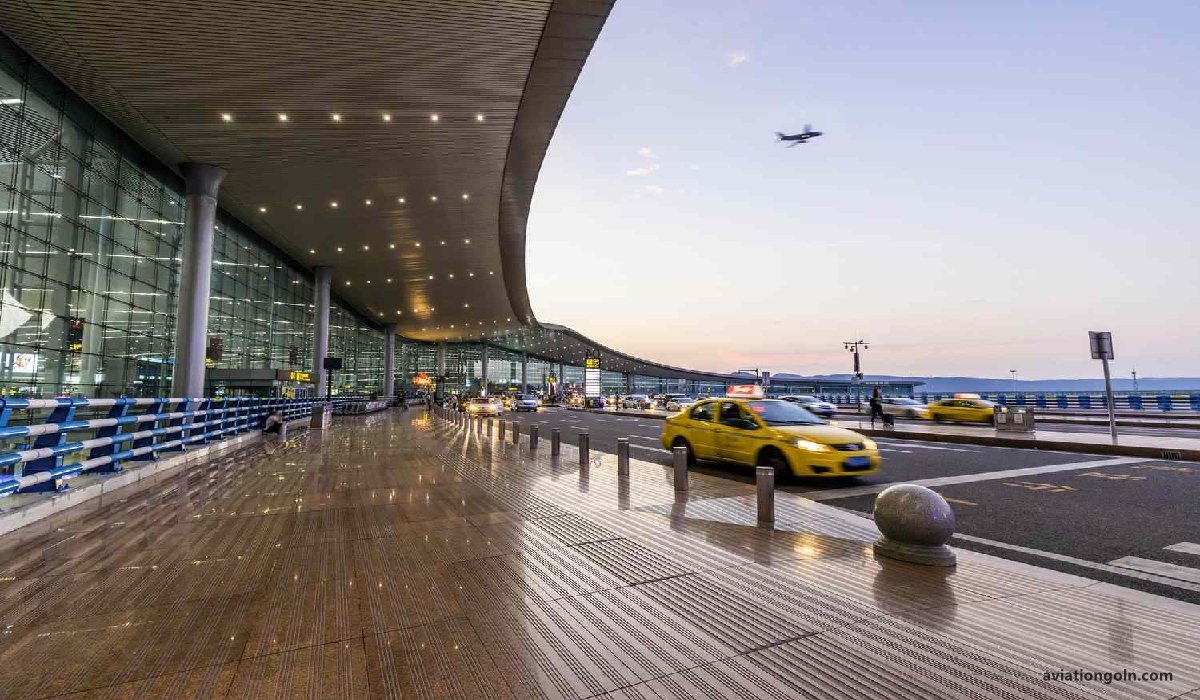
3. Social Media Engagement
a. Create and Curate Content Airports should be active on platforms like Facebook, Twitter, Instagram, and LinkedIn. Regular posts showcasing airport facilities, updates, events, and traveler experiences can be shared.
b. Customer Service and Feedback Social media can serve as a platform for travelers to ask questions, raise concerns, and provide feedback. Quick and efficient responses can improve traveler satisfaction.
c. User-Generated Content Encouraging travelers to share their experiences with a specific hashtag can provide authentic testimonials and promote the airport brand.
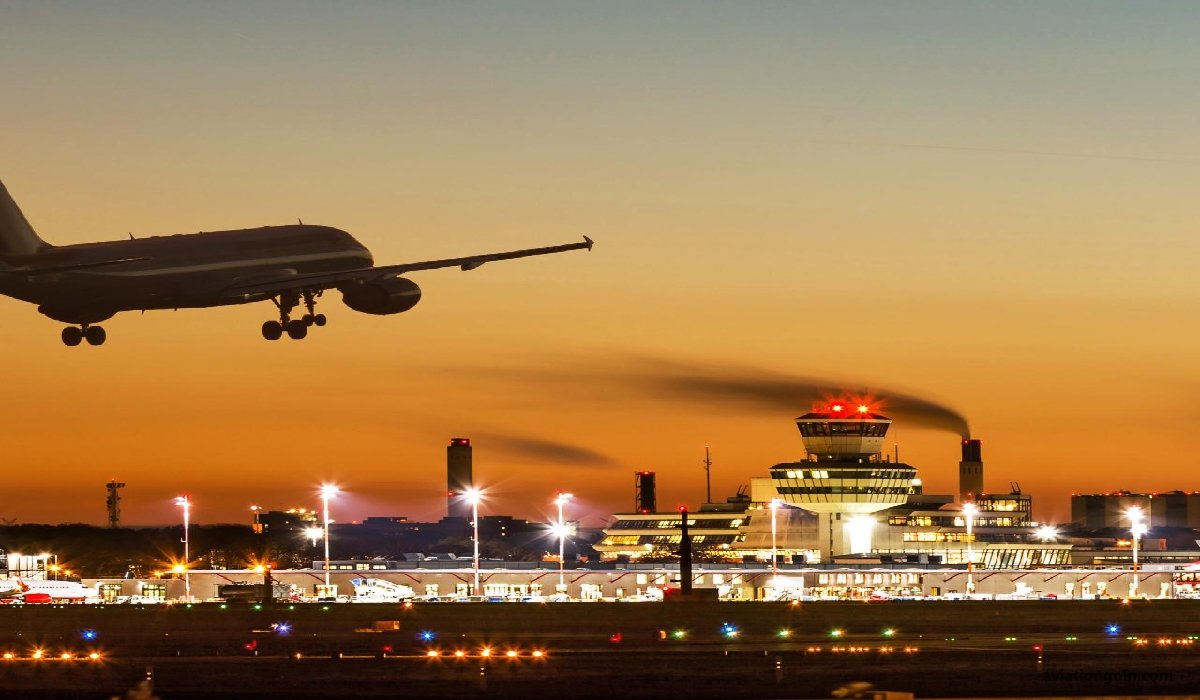
4. Mobile Applications:
Developing a proprietary mobile app can significantly enhance the traveler’s experience. Such apps can offer:
- Flight updates
- Navigation inside the airport
- Retail and dining options and promotions
- Loyalty programs

5. Leveraging Augmented and Virtual Reality:
a. Virtual Airport Tours Virtual reality can offer potential travelers or stakeholders a 360-degree tour of the airport, showcasing facilities and services.
b. Augmented Reality Navigation Using AR, travelers can navigate the airport using their smartphones, finding their gates, baggage claims, or dining options with ease.

6. Personalization Through Big Data and AI:
Airports can collect data from various touchpoints like Wi-Fi logins, mobile app interactions, and purchase histories. Analyzing this data can offer insights into traveler behavior and preferences, enabling airports to:

- Send personalized offers or notifications.
- Forecast busy periods and manage resources.
- Improve overall operational efficiency.
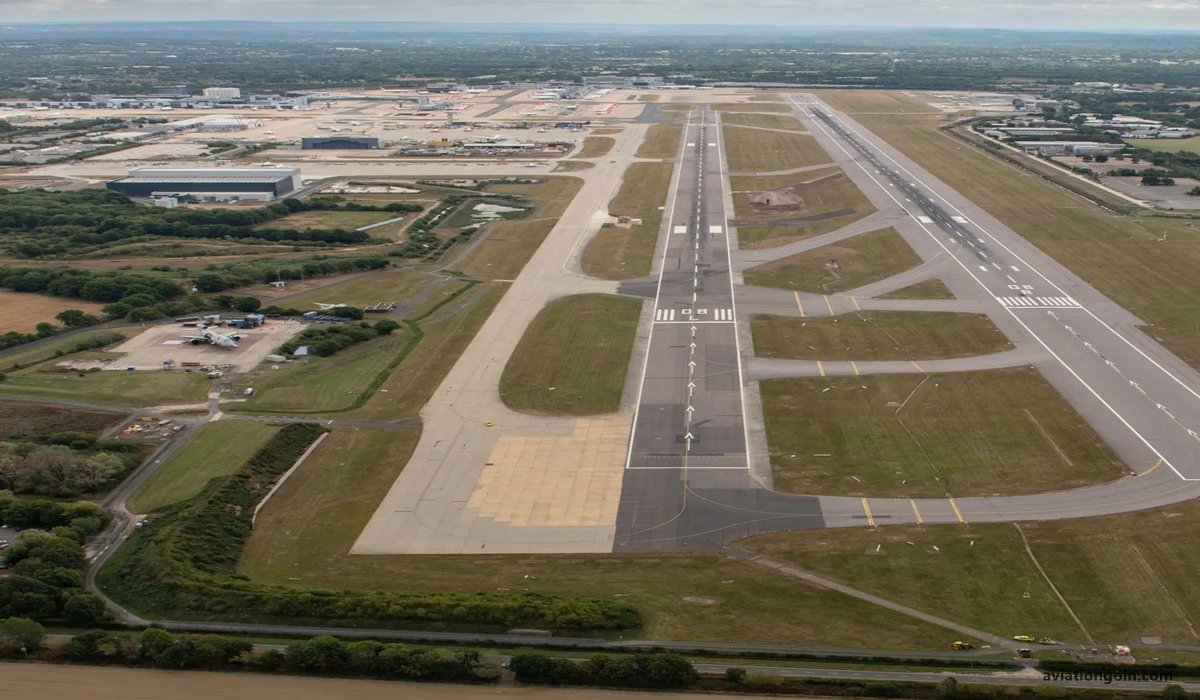
7. Email Marketing:
Regular newsletters can keep travelers updated about new routes, services, or promotions. It’s a direct channel of communication that can be personalized and segmented based on the traveler’s history and preferences.
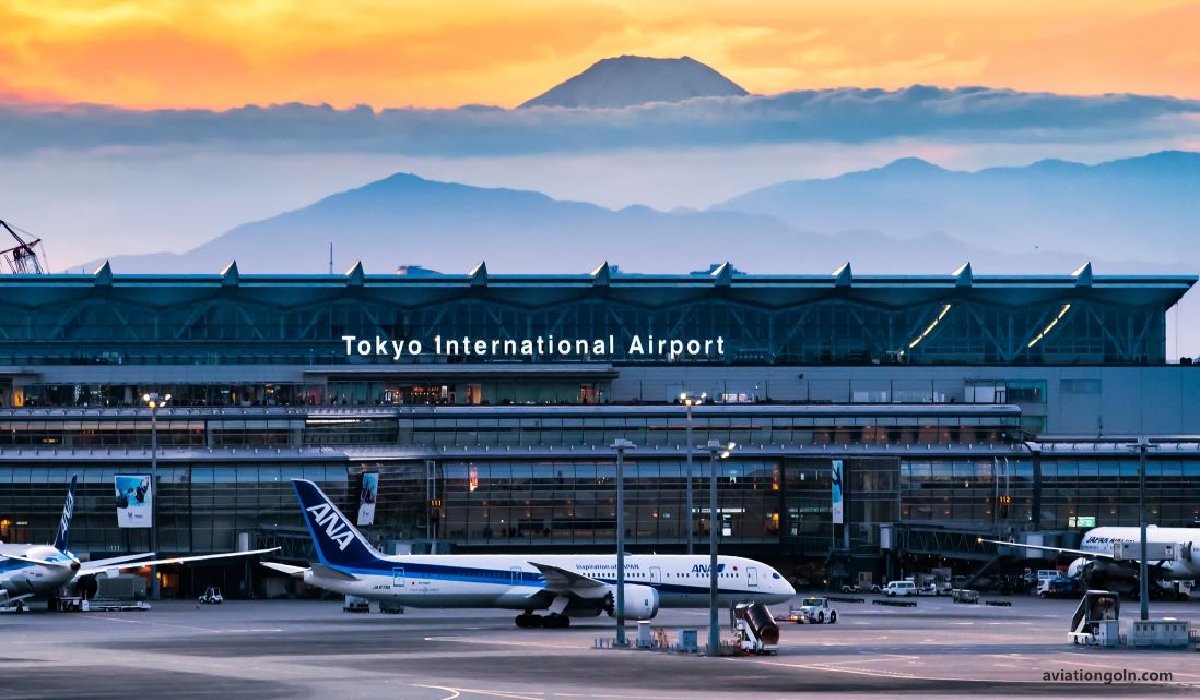
8. Partnering with Influencers:
Engaging with travel bloggers or influencers can help in promoting the airport’s brand. These influencers can showcase the airport’s amenities, services, and unique experiences, reaching a broader audience.
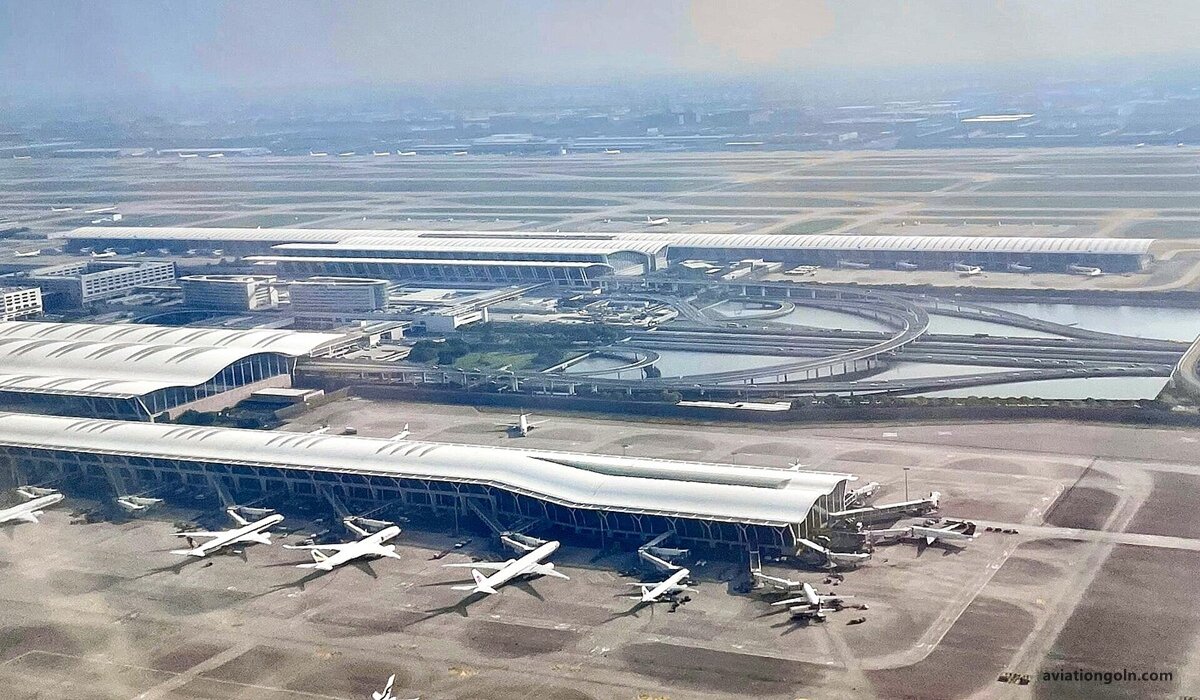
9. In-airport Digital Strategies:
a. Digital Signage Digital billboards and signs can display dynamic content, from flight information to promotional content, enhancing traveler experience.
b. Interactive Kiosks Touchscreen kiosks can provide information, wayfinding, and even entertainment, making waiting times more enjoyable for travelers.

10. Building a Brand Identity:
a. Consistent Branding Across All Digital Platforms Ensuring a uniform look, feel, and message across all digital touchpoints solidifies brand identity and fosters trust among travelers.
b. Storytelling Every airport has a story. Sharing histories, milestones, or future plans can help travelers connect emotionally with the airport.
c. Community Engagement Engaging with the local community by supporting local events, charities, or initiatives can foster goodwill and position the airport as a responsible entity.
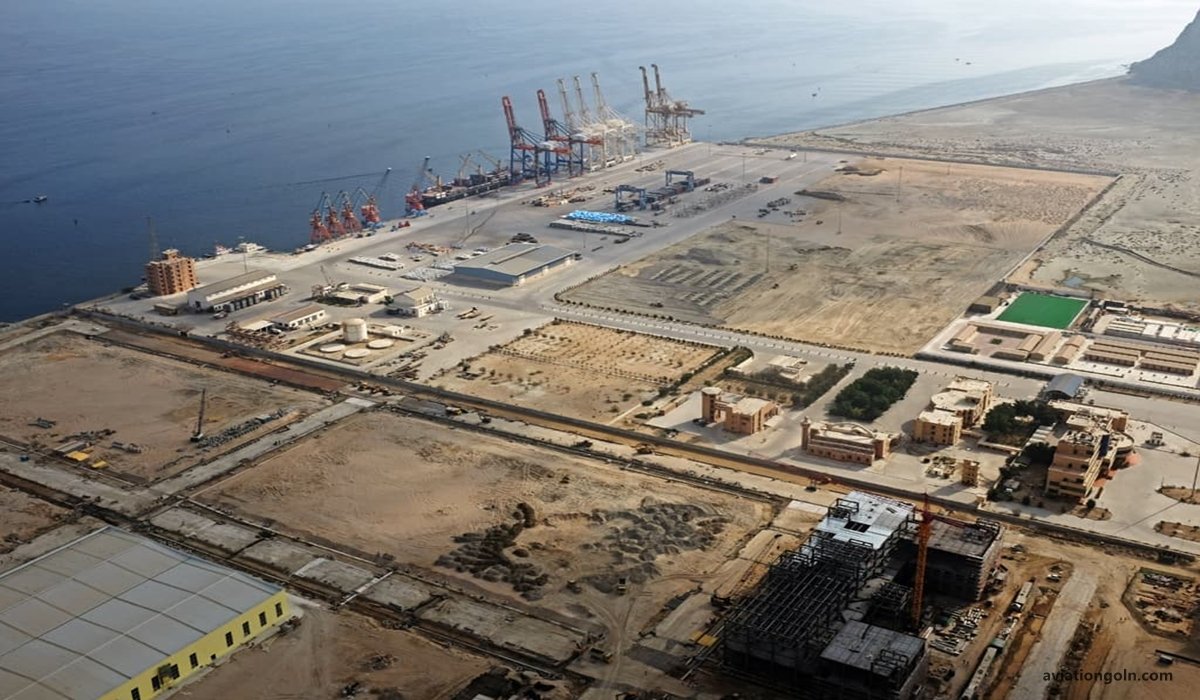
The future of airport marketing is undeniably digital. By leveraging the strategies mentioned above, airports can ensure they remain at the forefront of the traveler’s mind, offer enhanced experiences, and bolster their brand identity in a competitive landscape. Furthermore, these strategies can be iteratively improved upon by analyzing their performance metrics, ensuring that airports stay agile and responsive to changing traveler needs and market dynamics.
Read more:
